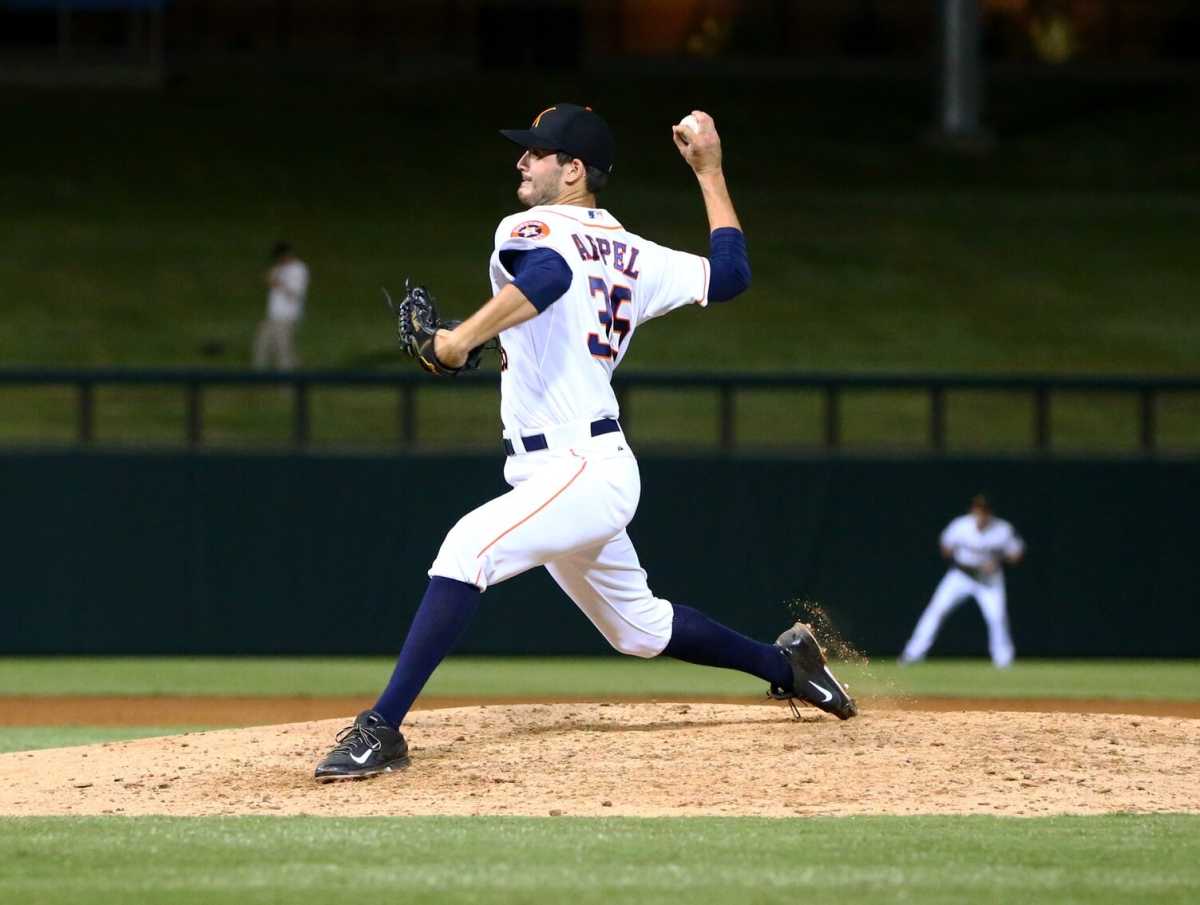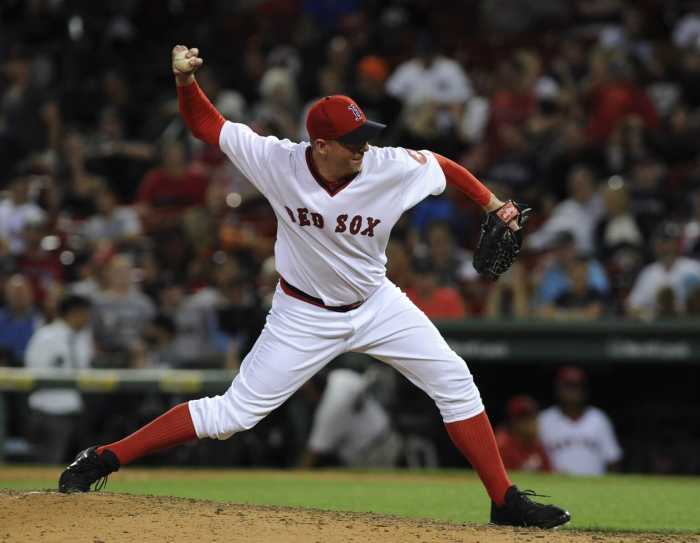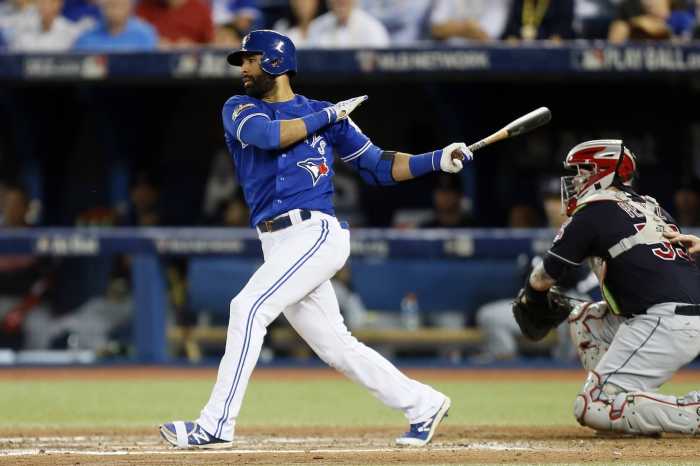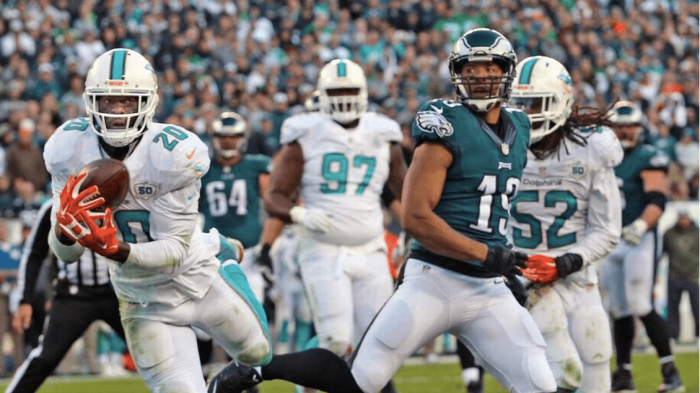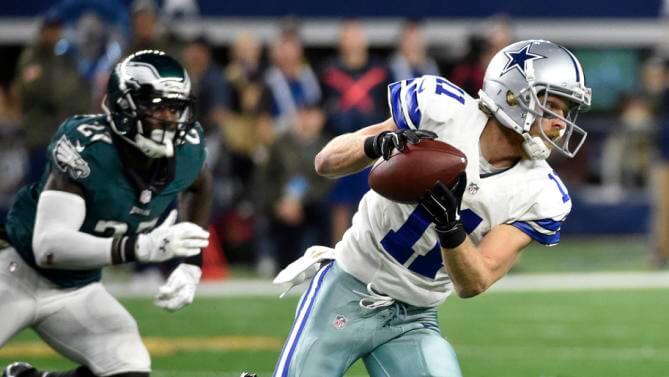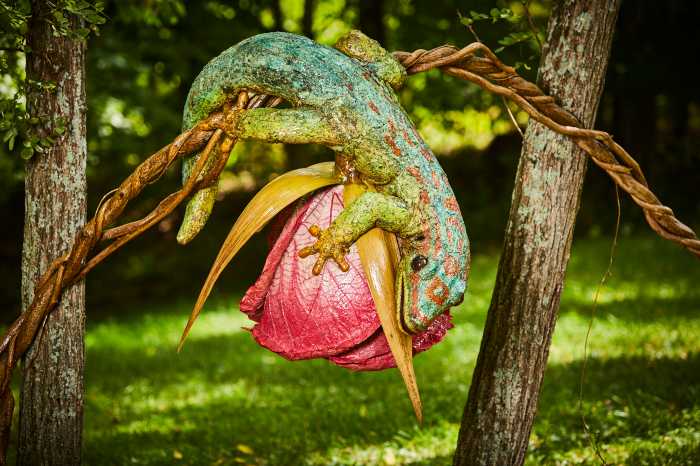Mark Appel is viewed as an enigma of sorts amongst Philly fans. Acquired as a part of the Ken Giles trade with Houston, Appel was considered a jewel that was beginning to lose it’s luster at the time the deal took place. Appel was an absolute stud in college and was widely-viewed as the top prospect heading into the 2013 MLB Draft. Coming off a phenomenal senior season at Stanford in which he posted a 10-4 record with a 2.12 ERA and an insanely low 0.97 WHIP, Appel also struck out 130 batters in 106 1⁄3 innings en route to becoming Stanford’s all-time strikeout leader. Appel improved every year at Stanford and impressed his hometown Houston Astros enough to draft him with the #1 overall selection in the 2013 MLB Draft.
Scouts were blown away by his pitching arsenal and supreme command. Appel’s repertoire features a fastball that regularly sits in the mid-90s, a plus 83-85 MPH changeup with late sinking action, and a slurve-like slider that usually registers in the mid-80 MPH range. Scouts believed that Appel was a future MLB ace and projected that he could be in the majors as soon as the 2014 season. The stars seemed to be aligning, the hometown kid was going to become the face of the team he’d been rooting for his entire life, and help turn a losing franchise around. So what went wrong?
During his time in the Astros minor league system8s the coaches tweaked his mechanics because they believed that he was exerting more energy than needed in his delivery. These changes obviously stunted Appel’s performance and resulted in a 4.91 ERA in six seasons throughout different levels of their minor league system. Appel said that during his time in the Houston organization he was forced to work on specific pitches and situations, instead of improving his overall game. The trade to the Phillies, however, gives him the freedom he desires to focus solely on improving his craft. The expectations for him to be the face of a franchise and ace of a rotation are gone, and his only focus is making sure that he does the best that he can. But what if he does become the ace he was projected to be?
The Phillies already boast a very talented, promising group of starting pitchers on their minor league and major league rosters. Aaron Nola, Vince Velasquez, Jerad Eickhoff, Zach Eflin, Alec Asher and Jake Thompson are some of the players that have already cracked the big league rotation and made an impact.
Nola, the 7th overall pick in the 2014 draft, went 6-2 with a 3.59 ERA in 13 starts his rookie year with the Phils. Nola only allowed 4 or more earned runs four times in his 13 starts and allowed 2 or less runs in seven of those starts. Nola was incredibly impressive, especially for a rookie, and flashed ace potential at times. Nola had an up
and down sophomore season before an elbow injury cut his season short at the end of July. Nola still performed admirably and is no doubt an integral part of the Phillies rotation, present and future.
Vince Velasquez, 24, is a powerhouse pitcher with ace written all over him. He doesn’t boast the greatest ERA at 4.12, but he has the innate ability to make batters miss. Velasquez struck out 152 batters in 131 innings, including a 16 strikeout shutout victory over the Padres. Velasquez struggles with keeping his pitch count low enough to pitch late into ball games. Once he resolves that issue he will be a dominant front end starting pitcher.
Jerad Eickhoff, 25, went 11-14 with a 3.65 ERA in 33 starts last season for the Phightin’. He was much better than the numbers suggest, however. Eickhoff allowed 3 or less earned runs in 27 of his 33 starts and most of his losses were a result of lack of run support. Eickhoff is not viewed as an ace, but he is a solid pitcher that makes a ton of quality starts and will be in line for a lot more wins when the Phillies’ anemic offense improves.
Zach Eflin was acquired in the trade for Philly fan favorite Jimmy Rollins and has been solid since joining the organization. Eflin went 8-6 with a 3.69 ERA at the Double-AA level with the Reading Phillies before being promoted to Triple-AAA. Eflin, surprisingly, was even better with the Iron Pigs. He posted a 5-2 record and a 2.90 ERA. He also improved his K/9 ratio from 4.9 to 7.2. Eflin earned an MLB promotion to the Phillies in June of this past season. The results were mixed, as expected from a rookie. Eflin finished the season with a 5.54 ERA in 11 starts, but did flash potential at times. Eflin recorded two complete game shutouts in July before chronic knee pain shut him down for the season. He, like Eickhoff, is not projected to be an ace, but he should be an above average back end starter if he can stay healthy.
Alec Asher was one of the prospects the Phils acquired in the blockbuster Cole Hamels trade with the Rangers. Asher got rocked in his seven starts for the Phillies following the trade, allowing 30 runs in just 29 innings. Asher started off the 2016 campaign in the minors and performed admirably (2.30 ERA with a 5.8 K/9 in 54 2⁄3 innings) before being placed on the disabled list. To make matters worse he was suspended 80 games for PED use while on the DL. Soon after his suspension ended he was called up for his second stint in the big leagues. He was much more successful this time around, posting a 2.28 ERA in five starts. Asher allowed 3 or less runs in all but one start and seems to have what it takes to stick around as a back end starter.
Jake Thompson was another prospect acquired in the Cole Hamels deal. Thompson was absolutely sensational in the Phillies minor league system. Thompson posted a 1.80 ERA, 6.9 K/9 ratio, and a 5-1 record in Double-AA. Thompson continued his dominance with the Iron Pigs at the Triple-AAA level, posting a 2.50 ERA en route to an 11-5 record. Thompson got off to a rocky start after his promotion to the Phillies, but settled down nicely and pitched 7 quality starts in 10 games. He has four plus pitches and has drawn comparisons to Indians’ ace Corey Kluber. He projects to be a solid No.2 or 3 starter in the big leagues and is a core piece to the Phillies’ future.
These six pitchers are all loaded with enough potential to turn the organization into a playoff contender, and that’s not to mention pitchers like Nick Pivetta (12-8; 3.27 ERA in Double-AA/Triple-AAA) Ben Lively (18-5; 2.69 ERA in Double-AA/Triple-AAA) in the minor leagues. If Appel can tap into the potential that scouts drooled over and turn it into consistent success, the Phillies future rotation will be borderline invincible. Appel and Velasquez would lead the pack with Nola, Eickhoff, and Thompson/Eflin/Asher providing a strong supporting cast behind them. By the time the Phils are in playoff contention Nick Pivetta and Lively should be ready to contribute at the the major league level as well. This would create a logjam of quality starting pitchers for the Phillies, which is a great problem to have. If Appel blossoms into the ace he is capable of being it would give Philly the flexibility to move some of the aforementioned players to the bullpen to help in that capacity or trade them for quality hitters.
It may seem like a bit of a stretch, but Appel is only 25 years old and still has time to grow. The talent is there and it is up to Appel and the pitching coaches to bring it out of him. If they can, watch out baseball world, the Phillies are coming.
Mandatory Credit: Mark J. Rebilas-USA TODAY Sports

